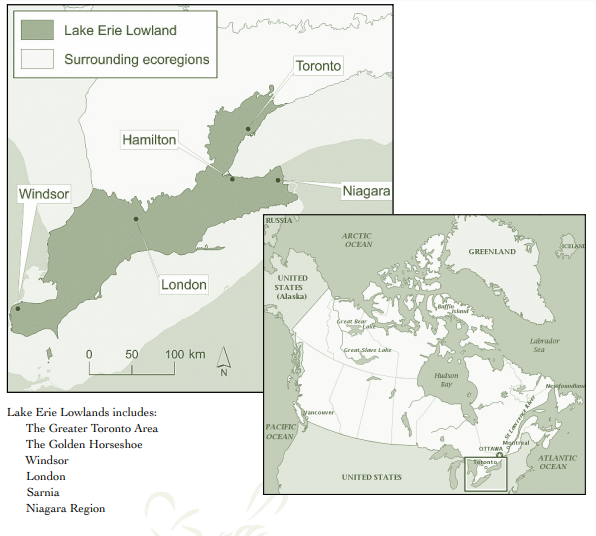

Pollinators include bees, butterflies, moths, flies, beetles, birds, bats, wasps, and small mammals. Roughly 80% of all flowering plants need to be pollinated. Over 180,000 different plant species and more than 1200 crops require pollination to reproduce. While the pollinator drinks nectar or eats pollen some of the pollen grains become trapped to their hairs or feathers and are transported to different flowers. Pollinators affect 35% of the world’s crop production. Pollinators add 217 billion dollars to the global economy. Pollinators support healthy ecosystems that clean the air, stabilize soils, protect from severe weather, and support other wildlife
Living in Tilbury and having our Honey facility in Merlin Ontario. We are in the southern region of The Lake Erie Lowlands ecoregion. The pollinators below are native to this ecoregion.

More than 9000 different species of beetles live in Canada. Most can be found by looking inside flower heads. Beetle pollinated plants that are large, strong scented flowers with their anthers and stigma exposed. Some plants they pollinate are magnolia, paw paws, and yellow pond lilies.
Flies are a very diverse group of pollinators. They include colourful flower flies and hover flies, bee flies and tiny midges that visit a multitude of plant species. Because flies are hairy, they can easily transport pollen from flower to flower. They pollinate small flowers that bloom under shade and in seasonally moist habitats. Plants pollinated by flies include the pawpaw, skunk cabbage, goldenrod, and members of the carrot family.
The Ruby-throated Hummingbird is the only common species of Hummingbird in Ontario. Hummingbirds can see the colour red. Many tropical flowers, grown as annuals in the Lake Erie Lowland, and native woodland edge plants, attract hummingbirds. Their long tongues draw nectar from tubular flowers. Their feathers carry pollen between flowers. Tropical regions have the largest amounts of hummingbird species in the world.
There are no pollinator bat species in Canada, but in southwestern United States and Mexico play an important role in agave and cactus pollination.
While looking like a bee, the Wasp is not covered in fuzzy hairs, making them less efficient at pollination.
We need pollinators to help produce our flowers, our plants, our food and our medicines. They are important part of our habitat and yet we are losing our pollinator. The Species at Risk in Ontario (SARO) List is the official list of endangered, threatened, special concern and extirpated animals and plants in Ontario. These pollinators are all on the SARO list; Northern barrens tiger beetle, Nine-spotted Lady Beetle, Bogbean Buckmoth, Aweme Borer moth, Gypsy Cuckoo Bumble Bee, and Rusty-patched Bumble Bee. The Karner Blue butterfly is no longer found in Ontario. This website has a list of all different species at risk in Ontario. https://www.ontario.ca/environment-and-energy/species-risk-ontario-list
